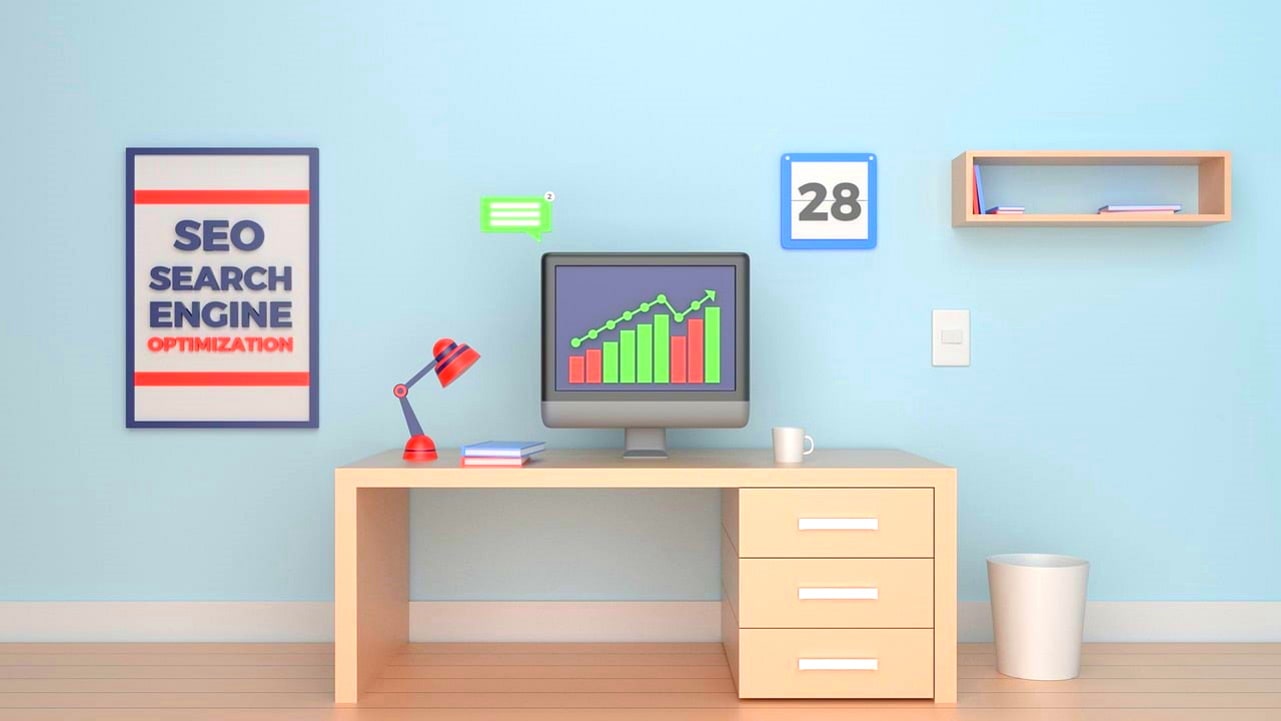Accelerate Your Blog by Mastering SEO Techniques for Lightning-Fast Loading Times. The Power of Speed – How to Transform Your Blog’s Performance and User Experience with Expert Strategies for Optimal Loading Times.
Speed and efficiency are highly valued these days, so optimizing your blog for faster loading times has become very important. One of the most important websites that can assist you in analyzing the optimization of your blog is Pingdom.
Pingdom offers three testing servers, but I prefer to choose the one in the Netherlands because it is the closest to us, and I have conducted numerous tests on it, providing me with a benchmark for making improvements to my blog.
When it comes to performance, my blog didn’t have a top-notch score, so I decided to take action.
I implemented the following optimizations:
Removing query strings from static resources: Query strings can hinder the caching of static resources, leading to slower loading times. By removing query strings, the browser can cache the resources more effectively, resulting in faster page loading.
Leveraging browser caching: By specifying appropriate cache headers, such as Expires or Cache-Control, you can instruct the browser to store certain resources locally. This reduces the need for repeated requests to the server, improving loading times for returning visitors.
Specifying a Vary: Accept-Encoding header: This header informs the browser that the server can provide different versions of the same resource based on the accepted encoding. By specifying this header, you can optimize the delivery of compressed resources, improving loading times for users.
Serving static content from a cookieless domain: When a user requests a page, the browser sends cookies associated with that domain. By serving static content, such as images or CSS files, from a cookieless domain, you can reduce unnecessary cookie transfer, resulting in faster loading times.
After implementing all these modifications, my blog, cik.ro, achieved a score of 99 out of 100 on Pingdom’s performance test. This improvement in loading times not only positively impacts SEO, enhancing the website’s visibility to search engines, but also ensures that visitors are satisfied as the site loads quickly.
Ensuring that our blog is well optimized should be part of everyone’s daily routine. It not only benefits SEO but also enhances the overall user experience. When a website loads swiftly, visitors are more likely to stay, explore further, and engage with the content. Additionally, fast-loading pages tend to have lower bounce rates, indicating that visitors are finding the information they seek and are less likely to abandon the site prematurely.
But why is website speed so important? Well, for starters, search engines, like Google, consider page loading speed as a ranking factor. Websites that load quickly tend to rank higher in search results, increasing their visibility and attracting more organic traffic. In contrast, slow-loading websites may experience a drop in rankings, resulting in decreased visibility and fewer visitors.
Moreover, studies have shown that users have little patience when it comes to waiting for a website to load. If a site takes more than a few seconds to load, users are likely to abandon it and seek alternatives. This can have a significant impact on your blog’s traffic, conversion rates, and overall success.
So, how can you further optimize your blog for faster loading times?
Here are a few additional strategies to consider:
Minimize HTTP requests: Each element on a web page, such as images, scripts, and stylesheets, requires a separate HTTP request. By reducing the number of elements or combining them into a single file, you can minimize the overall number of requests, speeding up the loading process.
Compress and optimize images: Large image files can significantly slow down your website. Use image compression tools to reduce their file size without compromising quality. Additionally, consider using modern image formats, such as WebP, which offer superior compression and faster loading times.
Enable lazy loading: Lazy loading is a technique that def ers the loading of non-essential content, such as images or videos, until the user scrolls to that particular section of the page. By implementing lazy loading, you can prioritize the loading of critical content, improving initial page load times and reducing the overall bandwidth required.
Optimize CSS and JavaScript files: Minify and compress your CSS and JavaScript files to reduce their file size. Removing unnecessary whitespace, comments, and redundant code can significantly improve loading times. Additionally, consider loading JavaScript asynchronously or deferring its execution until after the page has finished rendering.
Utilize content delivery networks (CDNs): CDNs store copies of your website’s static content on servers located in different geographic regions. By delivering content from the nearest server to the user’s location, CDNs minimize latency and reduce loading times. Consider using a reliable CDN service to distribute your blog’s assets effectively.
Regularly monitor and analyze your website’s performance: Optimization is an ongoing process. Continuously monitor your blog’s loading times and performance metrics using tools like Google PageSpeed Insights or GTmetrix. These tools provide valuable insights and recommendations for further improving your website’s speed and user experience.
Optimizing your blog for faster loading times is of utmost importance in today’s digital landscape. Not only does it positively impact SEO and search engine visibility, but it also enhances the overall user experience and engagement. By implementing techniques such as removing query strings, leveraging browser caching, specifying proper headers, and serving static content from a cookieless domain, you can significantly improve your blog’s loading times.
Remember to regularly evaluate your blog’s performance, explore new optimization strategies, and stay up to date with industry best practices. By prioritizing speed and efficiency, you can ensure that your blog delivers an exceptional user experience while attracting more visitors and achieving your goals.
Question for our readers: What other strategies or techniques have you found effective in optimizing your blog for faster loading times?

